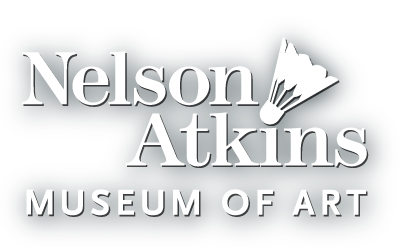Castor or Pollux
- 104
Long term loan, Spencer Museum of Art, University of Kansas, Lawrence, KS, September 20, 1983-January 14, 1986, no cat.
The statue may be an approximate copy of the famous fifth-century B.C. sculpture that stood at the entrance of the Acropolis in Athens.
With Theodore Zoumpoulakis, Athens, by October 1933;
Purchased from Zoumpoulakis, through Harold Woodbury Parsons, by The Nelson-Atkins Museum of Art, Kansas City, MO, 1933.
Cornelius Vermeule, Greek and Roman Sculpture in America. Masterpieces in Public Collections in the United States and Canada (Berkeley: University of California Press, 1981), 208, fig. 173.
Cornelius Vermeule, “The Cult Images of Imperial Rome,” Archaeologica 71 (Rome: Giorgio Bretschneider, 1987): 49, plate V, fig. 9A.
Jean-Pierre Callu, “Review of Cornelius Vermeule, The Cult Images of Imperial Rome,” Latomus 49, no. 4 (October 1, 1990), 909.
Roger Ward and Patricia J. Fidler, eds., The Nelson-Atkins Museum of Art: A Handbook of the Collection (New York: Hudson Hills Press, in association with Nelson-Atkins Museum of Art, 1993), 122.
Claudio Parisi Presicce, “I Dioscuri Capitolini e icongrafia dei gemelli divini in età romana,” in
Castores. L’immagine dei Dioscuri a Roma, ed. Leila Nista (Rome: Edizioni di Luca, 1994), 176-77, fig. 37.
Deborah Emont Scott, ed., The Nelson-Atkins Museum of Art: A Handbook of the Collection, 7th ed. (Kansas City, MO: Nelson-Atkins Museum of Art, 2008), 18, fig. 47.














